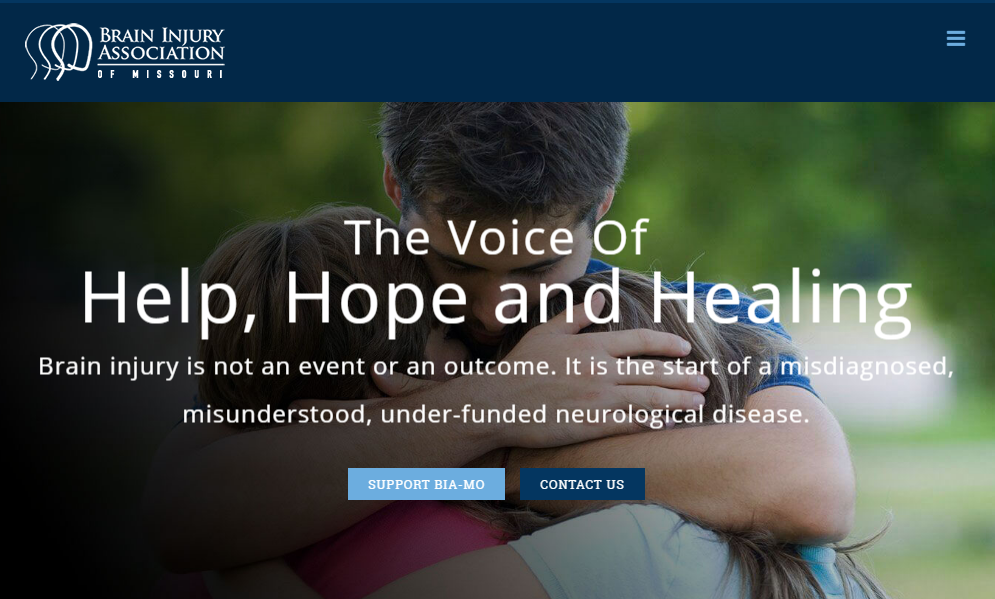It’s Hard To Hula – If You Can’t Feel Your Feet
By Tai of Allsup
Hawai’i—home to warm sandy beaches, volcanoes and Hawaiians with diabetes. As a state, Hawai’i ranks a respectable 39th in the percentage of adults with diabetes. However, while the state rate is 8.5 percent for the overall population, it is 14 percent among Native Hawaiians.
This is not news. The diabetes disparity in minority populations is well-documented.
According to the Centers for Disease Control and Prevention’s 2014 Diabetes Scorecard, compared with non-Hispanic whites, members of racial and ethnic minority groups are more likely to have diagnosed diabetes (see chart). Native Hawaiians are more than twice as likely as non-Hispanic whites to have diabetes.
Unfortunately, the high prevalence rate in communities of color can make diabetes somewhat “normative.”
Children in my Native Hawaiian family grew up amid glucose testing strips and adults injecting insulin. Diabetes runs in our family, has always been a part of our lives, and many of my relatives viewed their own diagnoses as inevitable.
One of the most visible effects of diabetes is blood vessel and nerve damage to the feet. The dry, scaly, black and blue feet of relatives, swollen three to four times their natural size is among my most vivid childhood images. I was in awe of how giant they were, and incredulous when told they did not hurt. I did not understand then, that nerve damage took away all feeling, including the ability to feel pain, heat or cold. This can lead to infections and other complications. People with diabetes are ten times likelier to have their feet and legs removed than those without the disease.
Fortunately, it’s possible to avoid the potential ravages of the disease, such as amputation, heart disease, stroke, kidney disease, blindness, and early death.
With access to healthcare and diabetes education, the serious health complications related to unmanaged diabetes can be prevented. November is National Diabetes Month, and the National Diabetes Education Program has free resources that can help, including: 4 Steps to Manage Your Diabetes for Life.
By making healthy food choices, maintaining a healthy weight, getting physical activity, and taking medication as prescribed, people with diabetes can improve their quality of life.
Individuals who can no longer work because of diabetes should determine their eligibility for Social Security Disability Insurance (SSDI) benefits. SSDI provides a monthly income, access to Medicare, and other important benefits that can help alleviate the stress often associated with spikes in blood glucose levels.
The Affordable Care Act ensures that Americans at higher risk for developing Type 2 diabetes can receive diabetes screenings, diet counseling and obesity screenings with no out-of-pocket costs. Whether you hula, salsa, clog, tinikling, bhangra, para para, do-si-do or whip and nae nae, you’ll do it much better if you’re taking care of yourself.
Allsup
Related Articles

Uncategorized
Helping Family Caregivers With What They Need to Know

Uncategorized
Understanding MS and Disability Benefits

Uncategorized
BIA-MO Gets Real about Brain Injury Awareness

